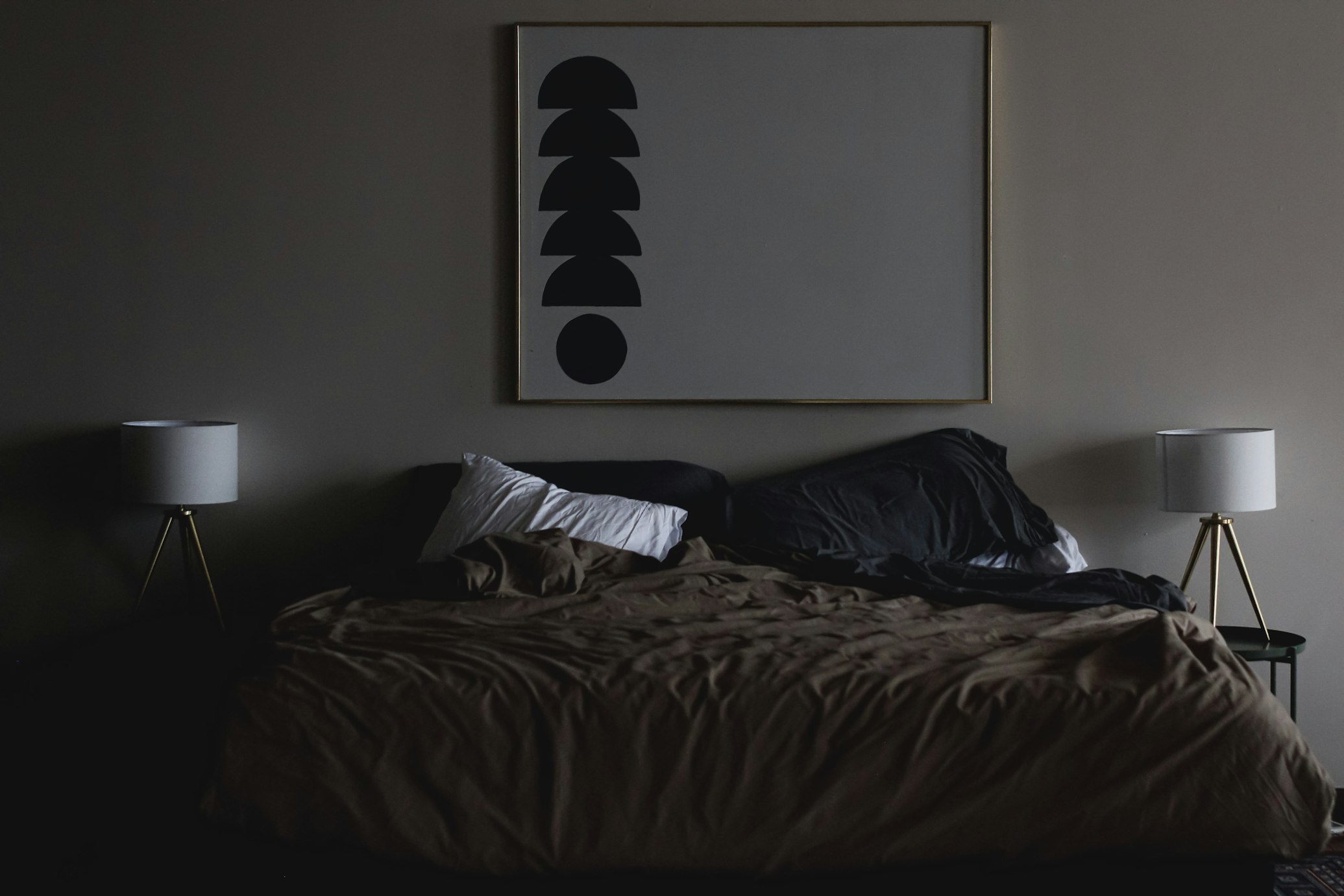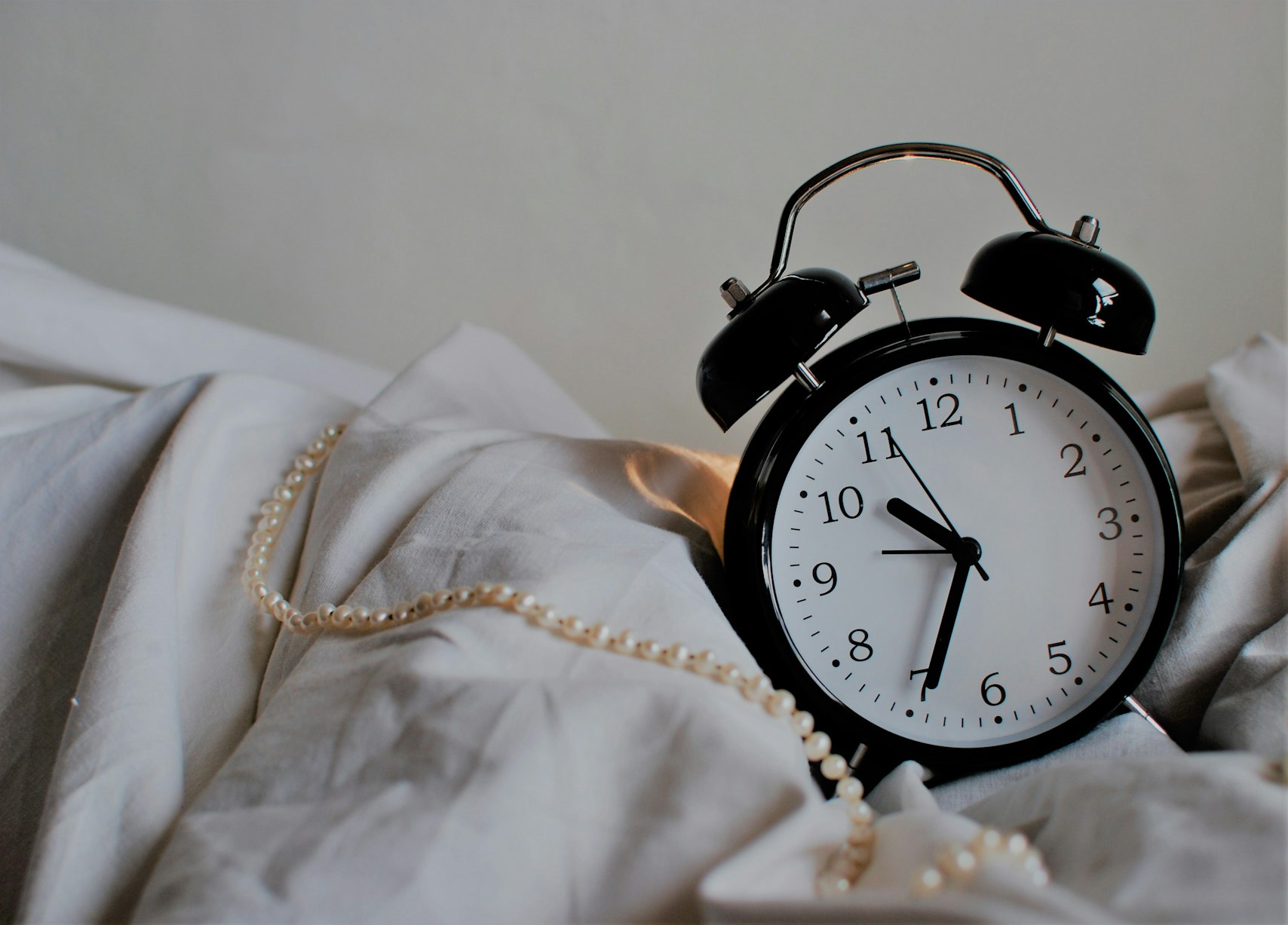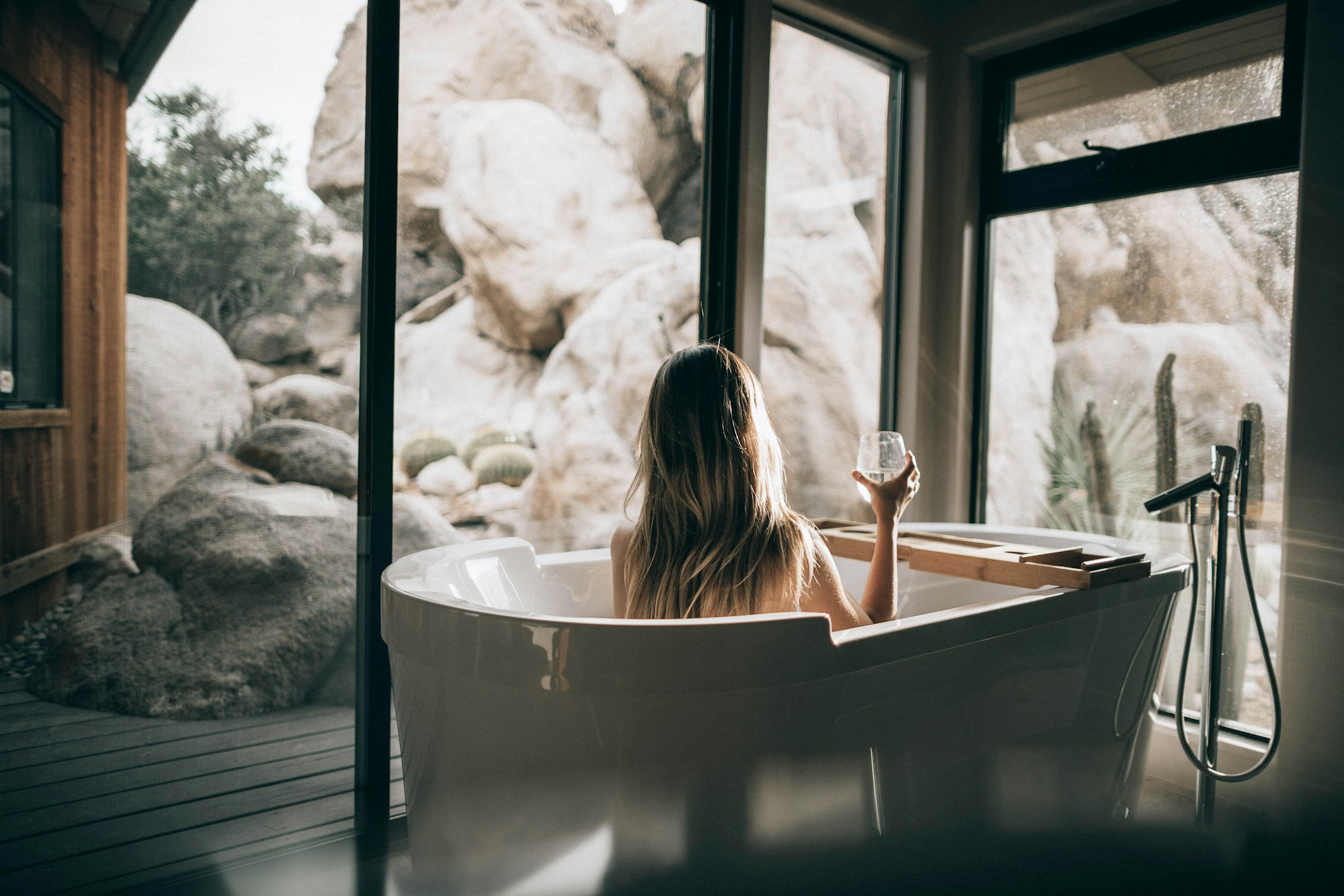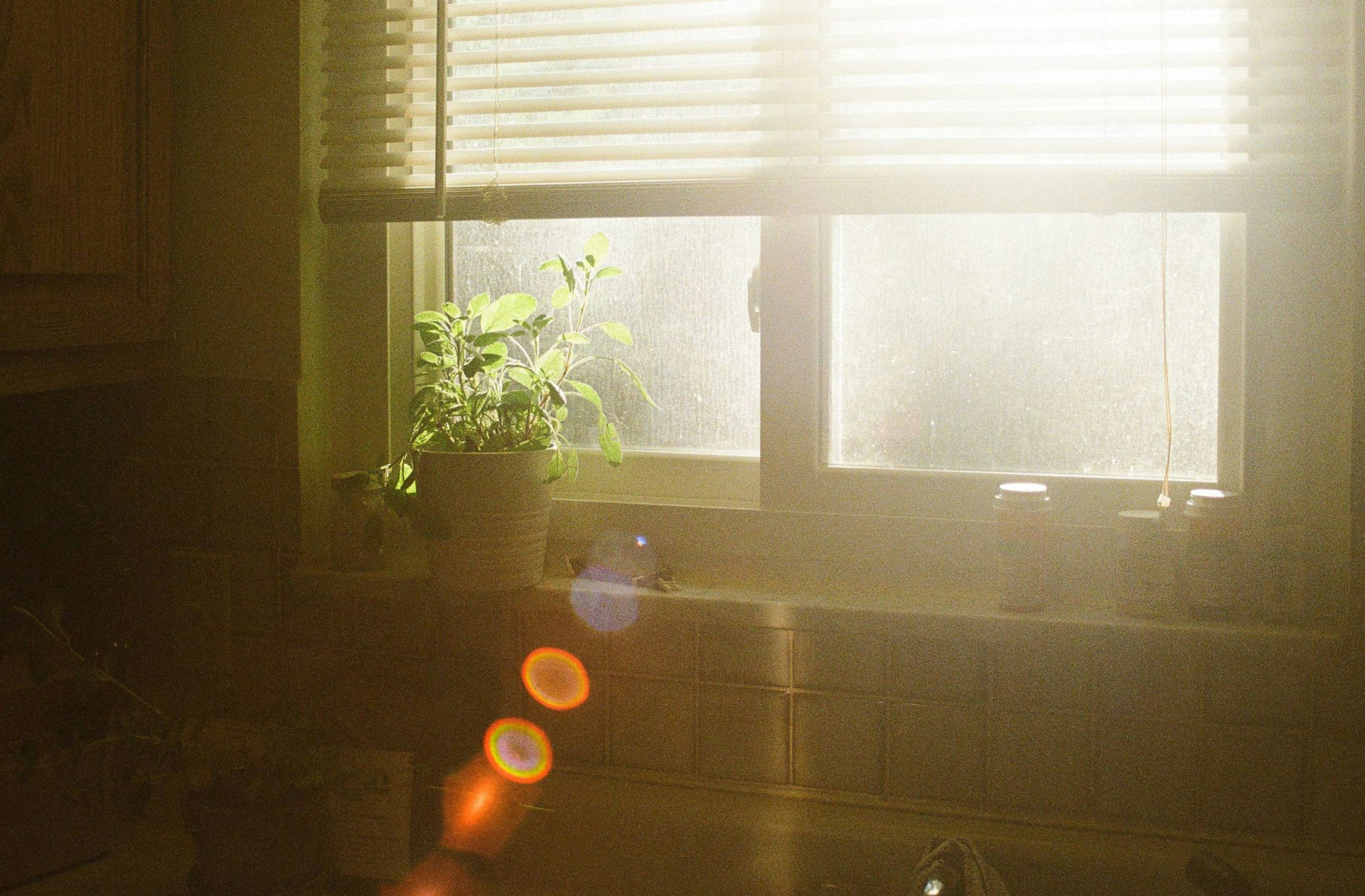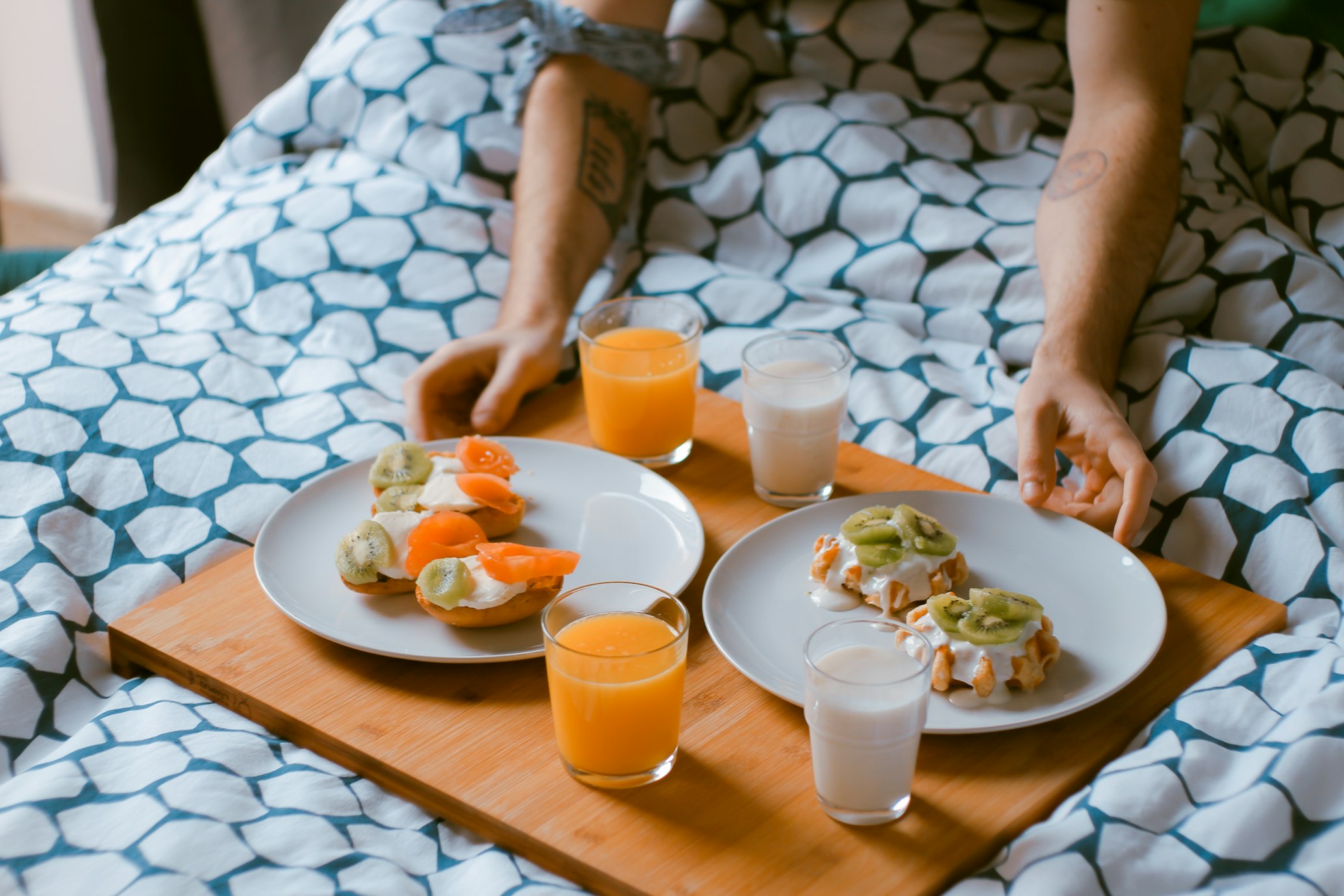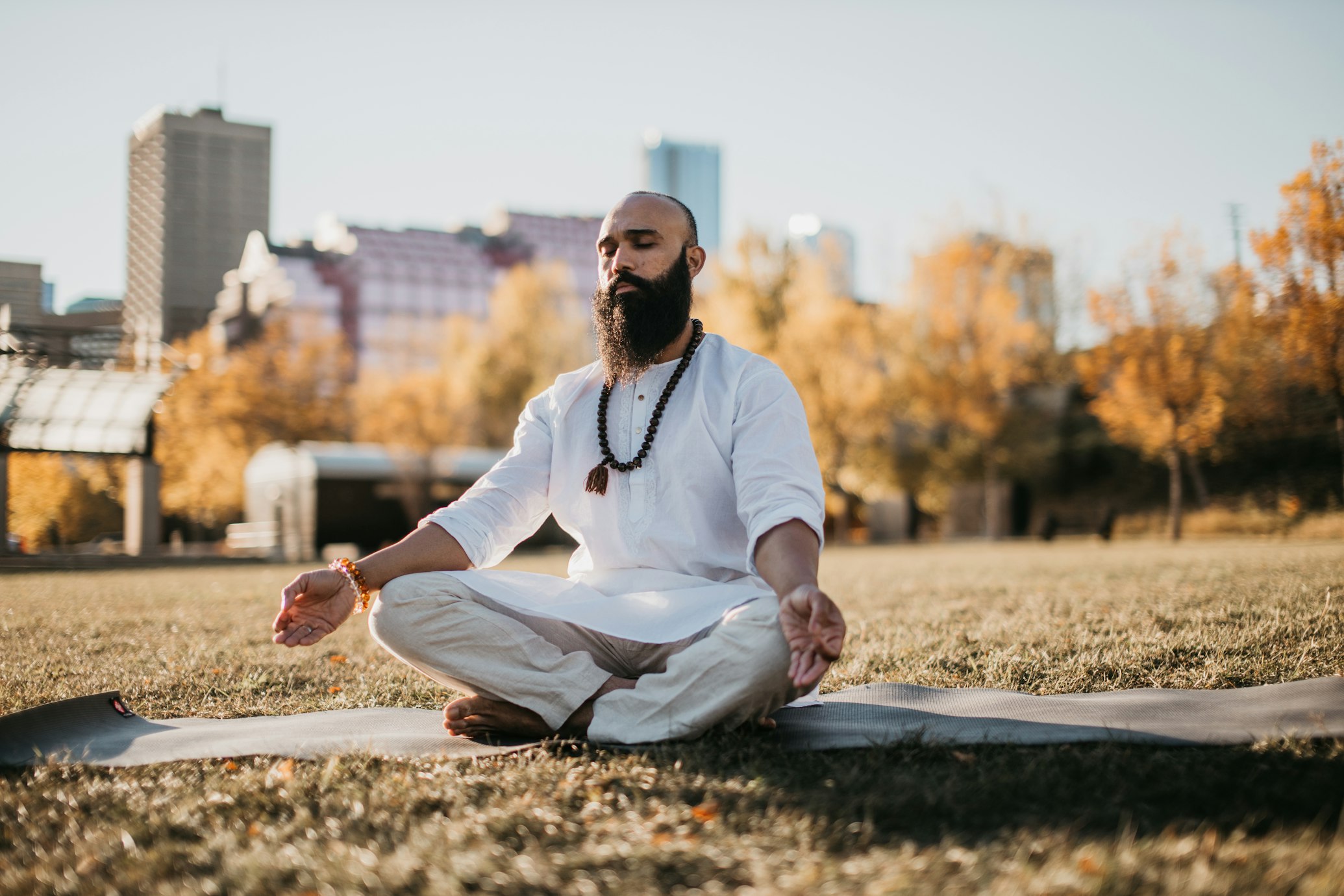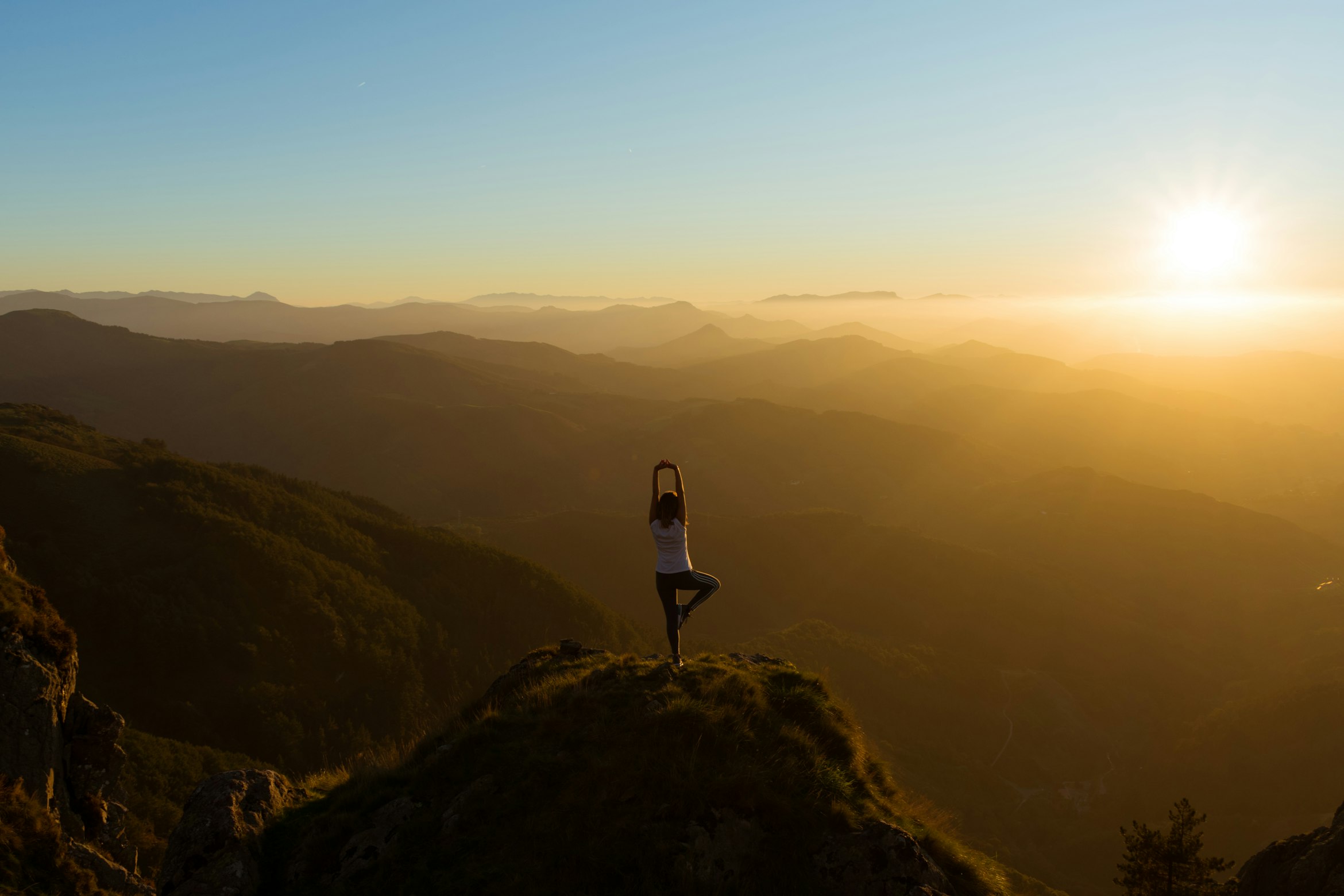7-Day Sleep Improvement Challenge: Transform Your Sleep in One Week

Ready to transform your sleep quality in just one week? This science-backed challenge will help you establish better sleep habits and see immediate improvements in how you feel each morning.
What You’ll Achieve
By the end of this 7-day challenge, you can expect to:
- Fall asleep 20-30 minutes faster
- Experience fewer middle-of-night wake-ups
- Wake up feeling more refreshed and energized
- Establish a sustainable sleep routine
Your 7-Day Action Plan
Day 1: Optimize Your Sleep Environment
Goal: Create the perfect sleep sanctuary
Today’s Actions:
- Set bedroom temperature to 65-68°F (18-20°C)
- Block all light sources - use blackout curtains or eye mask
- Remove electronic devices from bedroom
- Invest in comfortable bedding if needed
Why it works: Research shows that cooler, darker environments promote deeper sleep by supporting your body’s natural circadian rhythm.
Evening Task: Take a photo of your optimized bedroom and note how it feels different.
Day 2: Establish a Consistent Sleep Schedule
Goal: Regulate your circadian rhythm
Today’s Actions:
- Choose your ideal bedtime and wake time (aim for 7-9 hours of sleep)
- Set a “bedtime alarm” 1 hour before sleep time
- Wake up at the same time regardless of when you fell asleep
- Avoid “sleeping in” on weekends during this challenge
Why it works: Your body’s internal clock thrives on consistency. Even one week of regular timing can significantly improve sleep quality.
Track: Log your bedtime and wake time. Notice energy levels throughout the day.
Day 3: Master the Pre-Sleep Routine
Goal: Signal to your body that it’s time to wind down
Today’s Actions:
- Start your routine 60-90 minutes before bed
- Dim all lights in your home after sunset
- Take a warm bath or shower (raises then lowers body temperature)
- Try gentle stretching or reading - no screens
Sample 60-Minute Routine:
- 9:00 PM: Dim lights, prepare for tomorrow
- 9:15 PM: Warm shower or bath
- 9:30 PM: Light stretching or meditation
- 9:45 PM: Read a book or listen to calming music
- 10:00 PM: Lights out
Why it works: A consistent routine trains your brain to recognize sleep signals, making it easier to fall asleep quickly.
Day 4: Optimize Daytime Habits
Goal: Use daytime activities to improve nighttime sleep
Today’s Actions:
- Get 15-30 minutes of morning sunlight within 2 hours of waking
- Avoid caffeine after 2 PM (or 8 hours before bedtime)
- Exercise during the day - but not within 4 hours of bedtime
- Limit daytime naps to 20 minutes if needed
Why it works: Morning light exposure helps regulate melatonin production, while strategic caffeine timing prevents it from interfering with sleep.
Challenge: Replace your afternoon coffee with herbal tea or water.
Day 5: Perfect Your Bedroom Setup
Goal: Fine-tune your sleep environment
Today’s Actions:
- Evaluate your mattress and pillows - are they supportive?
- Use white noise or earplugs if your environment is noisy
- Try aromatherapy - lavender essential oil can promote relaxation
- Consider upgrading pillows if you wake with neck pain
Quick Mattress Test: Lie on your side. If your spine isn’t straight, your mattress may be too soft or firm.
Pillow Guide for Sleep Positions:
- Side sleepers: Thick, firm pillow
- Back sleepers: Medium thickness
- Stomach sleepers: Thin, soft pillow
Why it works: The right sleep surface can reduce pressure points and minimize tossing and turning.
Day 6: Master Sleep-Promoting Nutrition
Goal: Use food and drink to enhance sleep quality
Today’s Actions:
- Eat your last large meal 3 hours before bed
- Try a small sleep-promoting snack if hungry before bed
- Limit alcohol consumption - it disrupts sleep cycles
- Stay hydrated during the day but reduce fluids 2 hours before bed
Sleep-Promoting Snacks (if needed):
- Small handful of almonds
- Banana with almond butter
- Chamomile tea with honey
- Greek yogurt with berries
Why it works: Certain foods contain tryptophan and magnesium, which promote relaxation and melatonin production.
Day 7: Stress Management and Mental Preparation
Goal: Calm your mind for better sleep
Today’s Actions:
- Practice the 4-7-8 breathing technique before bed
- Write in a gratitude journal - 3 things you’re thankful for
- Do a “worry dump” - write down tomorrow’s concerns to clear your mind
- Try progressive muscle relaxation
4-7-8 Breathing Technique:
- Inhale through nose for 4 counts
- Hold breath for 7 counts
- Exhale through mouth for 8 counts
- Repeat 3-4 times
Progressive Muscle Relaxation:
- Tense each muscle group for 5 seconds, then relax
- Start with toes, work up to your head
- Notice the contrast between tension and relaxation
Why it works: These techniques activate your parasympathetic nervous system, naturally preparing your body for sleep.
Week-Long Success Tips
Track Your Progress
Keep a simple sleep log noting:
- Bedtime and wake time
- How long it took to fall asleep
- Number of wake-ups
- Morning energy level (1-10)
Common Challenges and Solutions
“I can’t fall asleep”
- Review your evening routine
- Try the 4-7-8 breathing technique
- Get up after 20 minutes and do a quiet activity until sleepy
“I wake up during the night”
- Avoid checking the time
- Practice breathing exercises
- Keep the room cool and dark
“I’m too busy for a routine”
- Start with just 15 minutes
- Prepare the night before
- Remember: good sleep improves productivity
After the Challenge
To maintain your improved sleep:
- Stick to your sleep schedule even on weekends (within 1 hour)
- Continue your evening routine - it’s now a habit!
- Be flexible but consistent - life happens, but return to good habits quickly
- Track your sleep occasionally to maintain awareness
Expected Results Timeline
Days 1-2: Environment feels more restful
Days 3-4: Falling asleep becomes easier
Days 5-6: Fewer middle-of-night wake-ups
Day 7: Waking up feeling more refreshed
Bonus: Sleep Challenge Checklist
Print this checklist and check off each day’s accomplishments:
Day 1: ☐ Optimized bedroom temperature ☐ Removed electronics ☐ Blocked light sources
Day 2: ☐ Set consistent sleep schedule ☐ Used bedtime alarm
Day 3: ☐ Created 60-90 minute wind-down routine
Day 4: ☐ Got morning sunlight ☐ Cut afternoon caffeine
Day 5: ☐ Evaluated sleep surfaces ☐ Added white noise
Day 6: ☐ Timed meals properly ☐ Limited evening fluids
Day 7: ☐ Practiced relaxation techniques ☐ Wrote in gratitude journal
Your Sleep Transformation Starts Now
Remember, this challenge is about progress, not perfection. Even implementing 50% of these strategies can significantly improve your sleep quality. The key is consistency and patience as your body adapts to new, healthier sleep patterns.
Sweet dreams, and welcome to better sleep!

